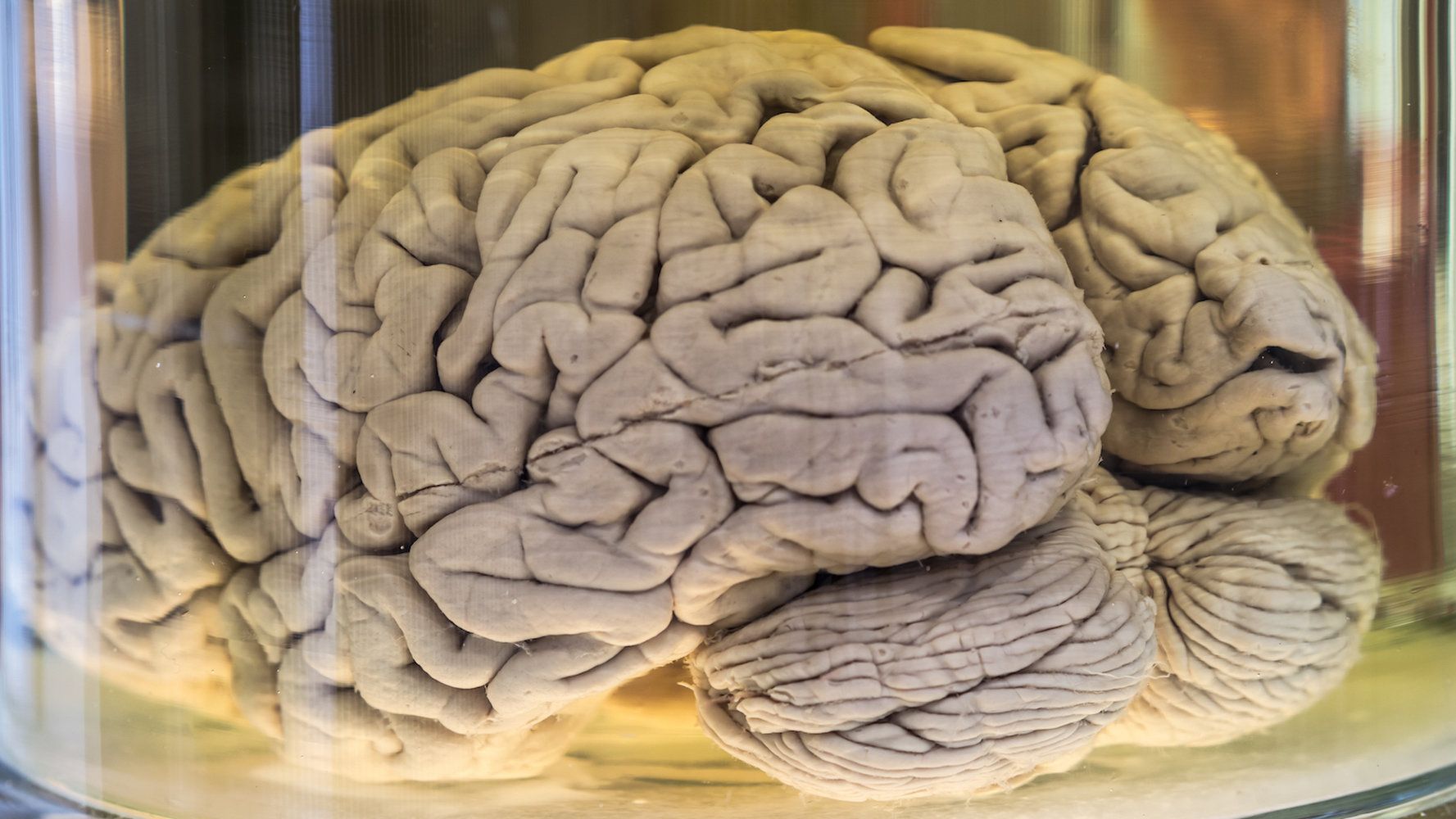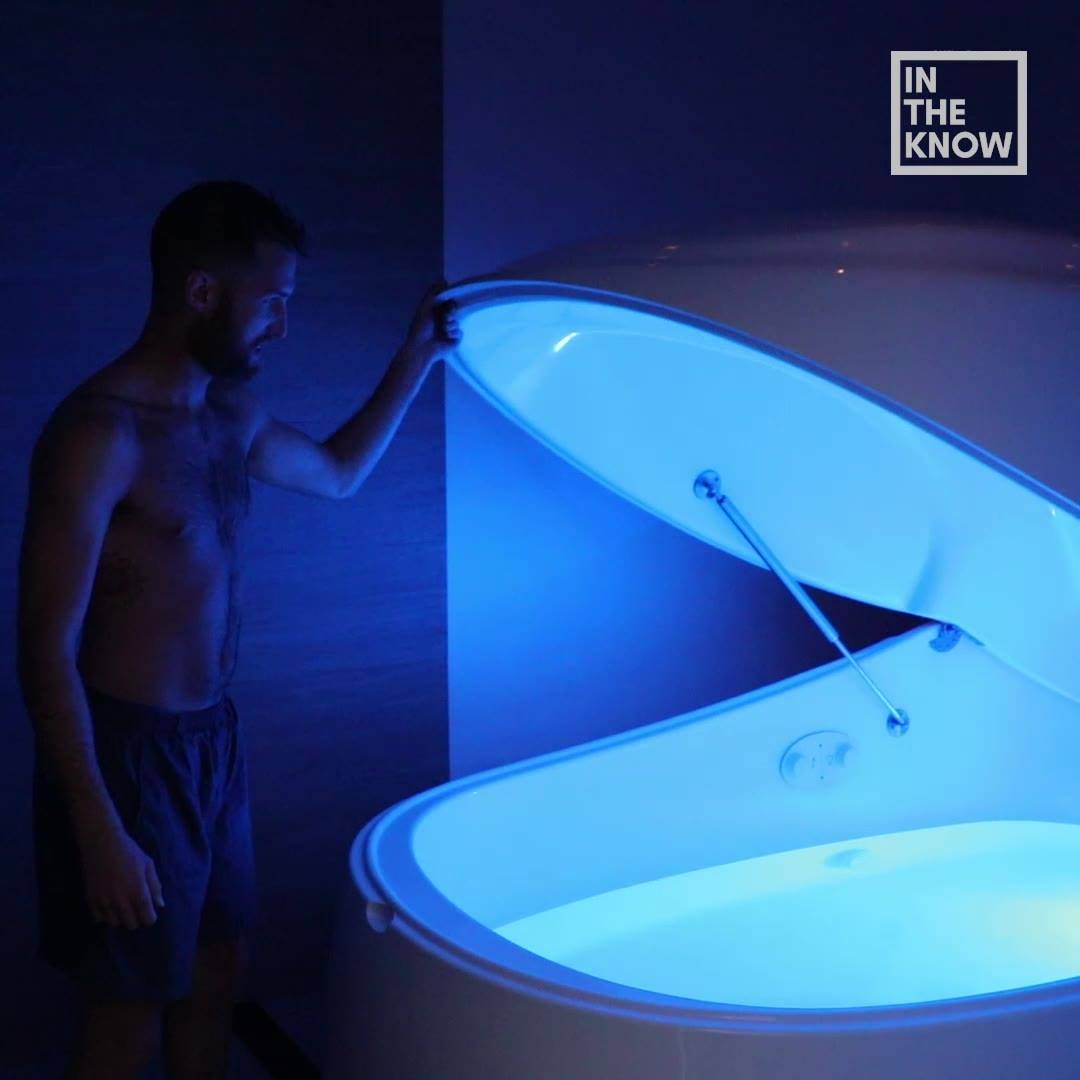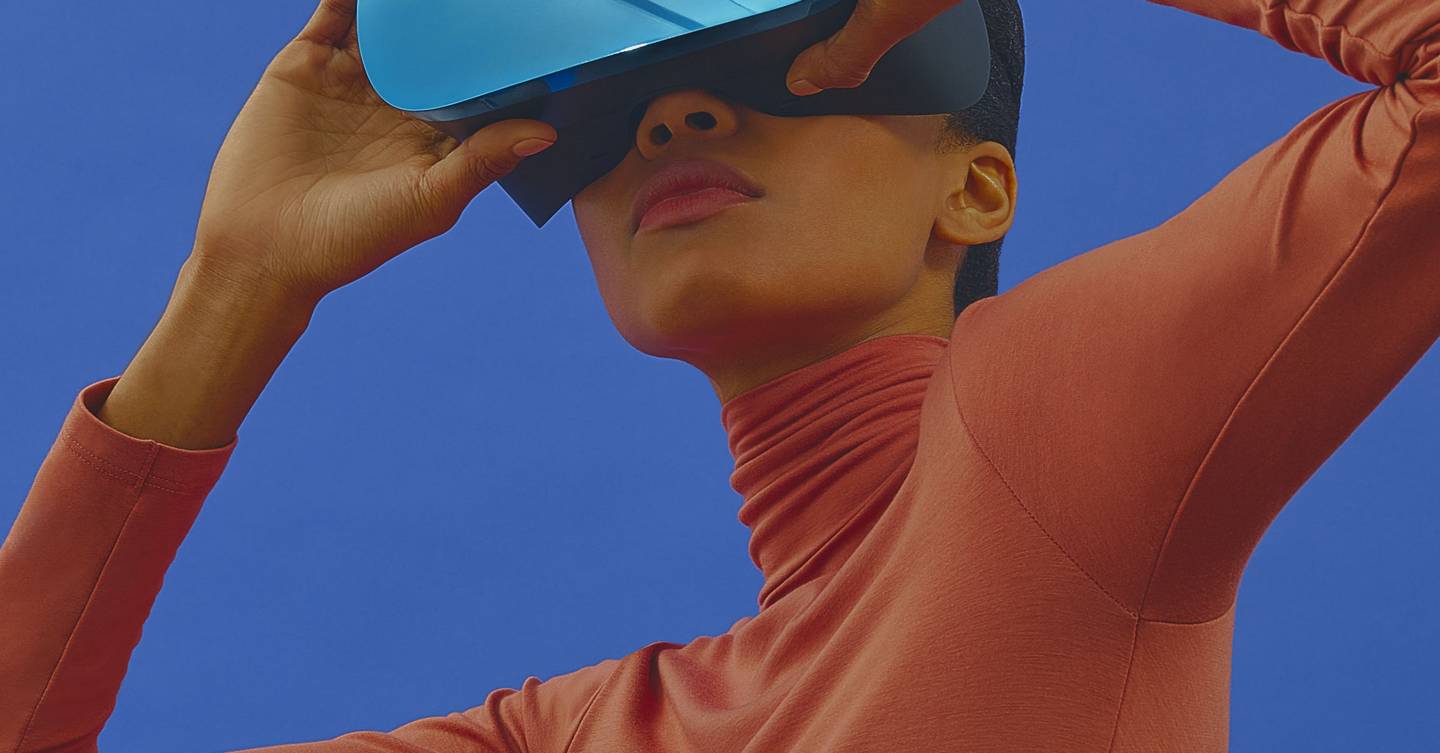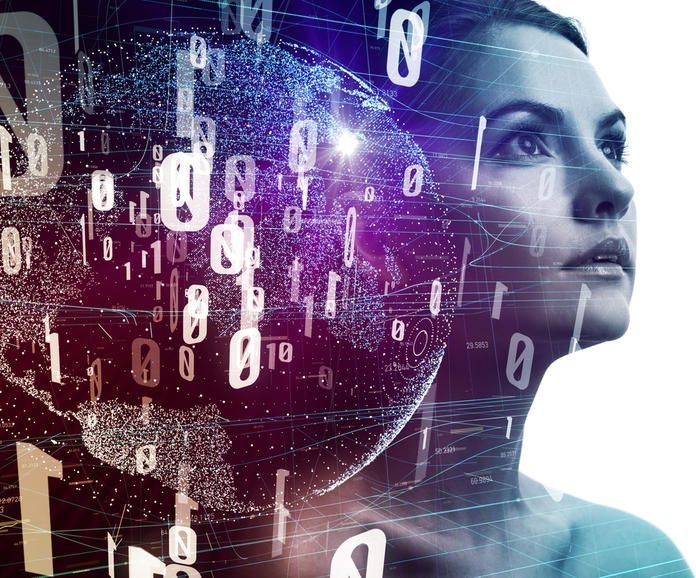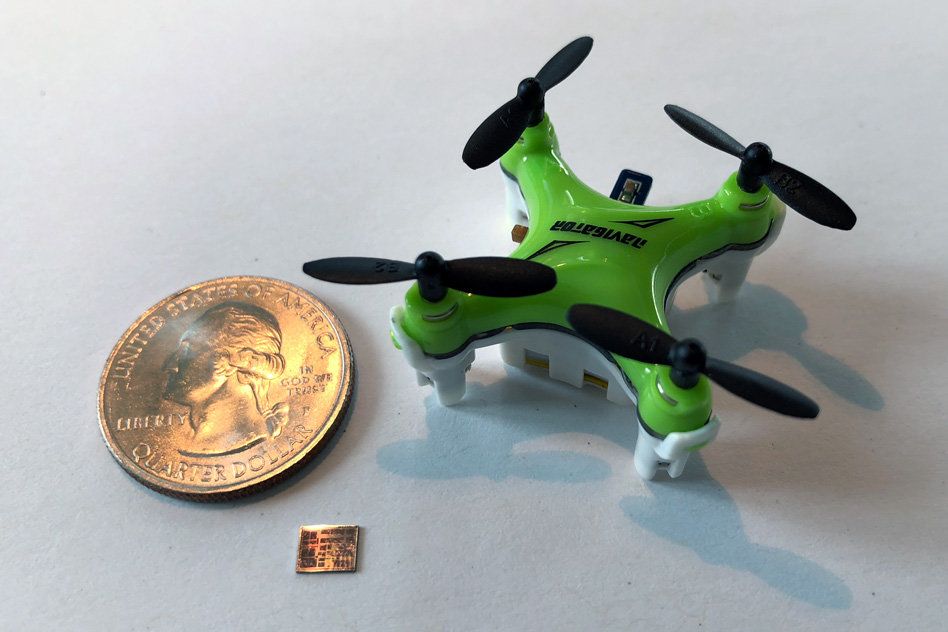Page 9716
Jun 24, 2018
Futuristic ‘sensory deprivation tanks’ make you feel like you’re floating in space
Posted by Shailesh Prasad in categories: futurism, space
Jun 24, 2018
This virtual reality headset runs at human-eye resolution
Posted by Shailesh Prasad in categories: entertainment, virtual reality
Varjo’s VR headset lets you see virtual objects in much greater detail, and could be used for training, design or entertainment.
Jun 24, 2018
Is your brain an analog or digital device? New research surprises
Posted by Shailesh Prasad in category: neuroscience
Compare an analog and a digital audio recording medium. VHS video tape — an analog medium — stores a continuous curve of modulated audio/visual information. In a digital CD continuous audio is sliced into 44,100 frames a second, and represented by discrete numbers.
On playback the sounds are presented as continuous, much as the individual still frames of a motion picture appear continuous when played back fast enough. Most people can’t hear the difference between digital and analog recordings, me included, but those who say they do may spend thousands on turntables and tube amps to get the full analog experience.
From measurements, we know that neuron currents are continuous, not step functions. The important question is how is the information represented by these signals? Most psychological research assumes continuous or analog representation, but in the lengthy paper Is Information in the Brain Represented in Continuous or Discrete Form? James Tee and Desmond Taylor of the University of Canterbury make a strong theoretical and experimental case for digital data.
Continue reading “Is your brain an analog or digital device? New research surprises” »
X-ray vision has long seemed like a far-fetched sci-fi fantasy, but over the last decade a team led by Professor Dina Katabi from MIT’s Computer Science and Artificial Intelligence Laboratory (CSAIL) has continually gotten us closer to seeing through walls.
Their latest project, “RF-Pose,” uses artificial intelligence (AI) to teach wireless devices to sense people’s postures and movement, even from the other side of a wall.
Jun 24, 2018
This boat runs on solar power
Posted by Shailesh Prasad in categories: solar power, sustainability
Jun 24, 2018
Chip upgrade helps miniature drones navigate
Posted by Shailesh Prasad in categories: computing, drones
Researchers at MIT, who last year designed a tiny computer chip tailored to help honeybee-sized drones navigate, have now shrunk their chip design even further, in both size and power consumption.
The team, co-led by Vivienne Sze, associate professor in MIT’s Department of Electrical Engineering and Computer Science (EECS), and Sertac Karaman, the Class of 1948 Career Development Associate Professor of Aeronautics and Astronautics, built a fully customized chip from the ground up, with a focus on reducing power consumption and size while also increasing processing speed.
The new computer chip, named “Navion,” which they are presenting this week at the Symposia on VLSI Technology and Circuits, is just 20 square millimeters—about the size of a LEGO minifigure’s footprint—and consumes just 24 milliwatts of power, or about one-thousandth the energy required to power a lightbulb.
Jun 24, 2018
Thousands of Swedes are inserting microchips into themselves – here’s why
Posted by Derick Lee in categories: bioengineering, computing

Often, different biohacking scenes reflect the different societies and cultures in which they develop. So, for example, European biohackers generally differ from their North American counterparts. North American groups are concerned with developing alternatives to the established healthcare practices. European groups, meanwhile, are more focused on finding ways of helping people in developing countries or engaging in artistic bio-projects.
Sweden’s deep relationship with digital technology helps explain why its biohacking scene is so unique.
Continue reading “Thousands of Swedes are inserting microchips into themselves – here’s why” »
Jun 23, 2018
Opinions on #ArtificialIntelligence are a dime a dozen, unless you’re hearing from one of the field’s pioneers
Posted by Dan Kummer in category: robotics/AI
Join us at D60, DARPA’s 60th anniversary symposium, to learn from Ron Brachman about how #AI rose to prominence.
Artificial Intelligence has experienced waves of excitement before, but we have never seen the kind of worldwide enthusiasm that we see now, especially in the commercial sector, where AI has become the central mission of some of the world’s most powerful tech companies. DARPA is known for being the first supporter of AI research and panelists will highlight the impetus DARPA provided to the field’s most central technological areas, and give insights about where the field is going next.
